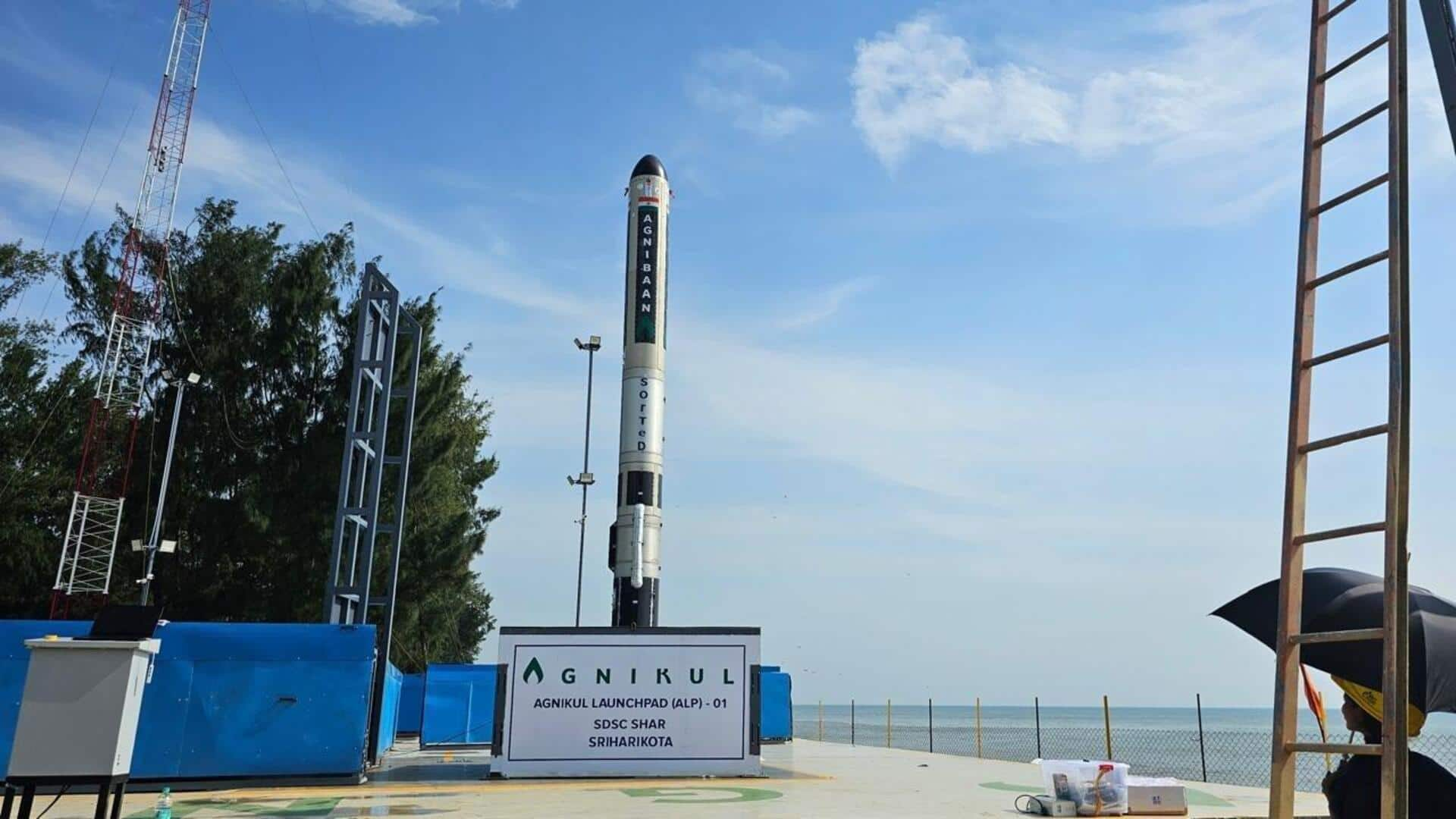
Agnikul successfully tests dual 3D-printed rocket engines for upcoming launch
What's the story
In a major breakthrough, Indian space start-up Agnikul Cosmos has successfully test-fired two electric pump-fed semi-cryogenic rocket engines simultaneously. The engines were completely 3D-printed and controlled by the company's in-house software. The feat was announced by the company on X (formerly Twitter), highlighting the precision and control offered by its unique engine architecture.
Technological advancement
Engine architecture and software-based control
The test by Agnikul involved firing two semi-cryogenic engines powered by electric pumps, unlike traditional gas generator or turbopump systems. The company can finely adjust the thrust balance between engines using software-based control instead of mechanical methods. This innovation enables smoother and more predictable performance while improving reliability in multi-engine configurations.
Twitter Post
Take a look at the company's post
Humbled to share the simultaneous firing of two of our electric pump-fed semi cryo engines, controlled by our in-house engine computer software. Since these pumps are driven by electric motors there is increased level of control available to balance the thrusts across the engines… pic.twitter.com/FhYtgf5Jqo
— AgniKul Cosmos (@AgnikulCosmos) October 23, 2025
Engine development
Agnilet technology and 3D printing
The engines tested by Agnikul were developed using the company's proprietary Agnilet technology. This process is known for producing fully 3D-printed components as a single piece, without any assembled joints. The design simplifies manufacturing, minimizes potential leak points, and reduces turnaround times for engine production. This is a major step toward enabling on-demand small satellite launches.
Future plans
Preparing for Agnibaan orbital launch
The successful test-firing of the 3D-printed engines is a major milestone as Agnikul prepares for the launch of Agnibaan SOrTeD (Suborbital Technological Demonstrator). This will be India's first rocket powered by a completely 3D-printed engine. The company operates from India's first private launchpad and mission control center at Sriharikota, further strengthening its position among global private space start-ups pioneering advanced propulsion systems.